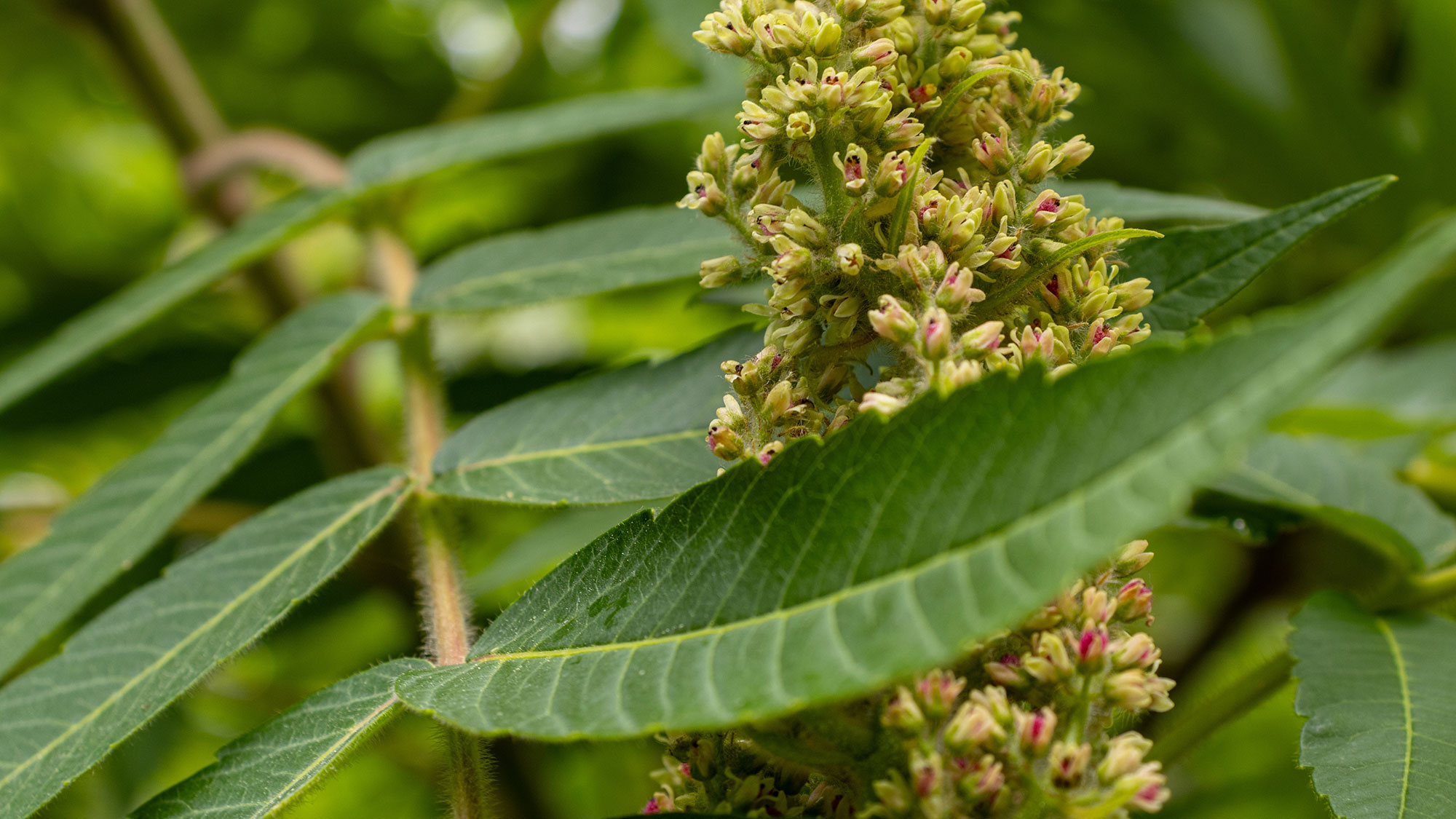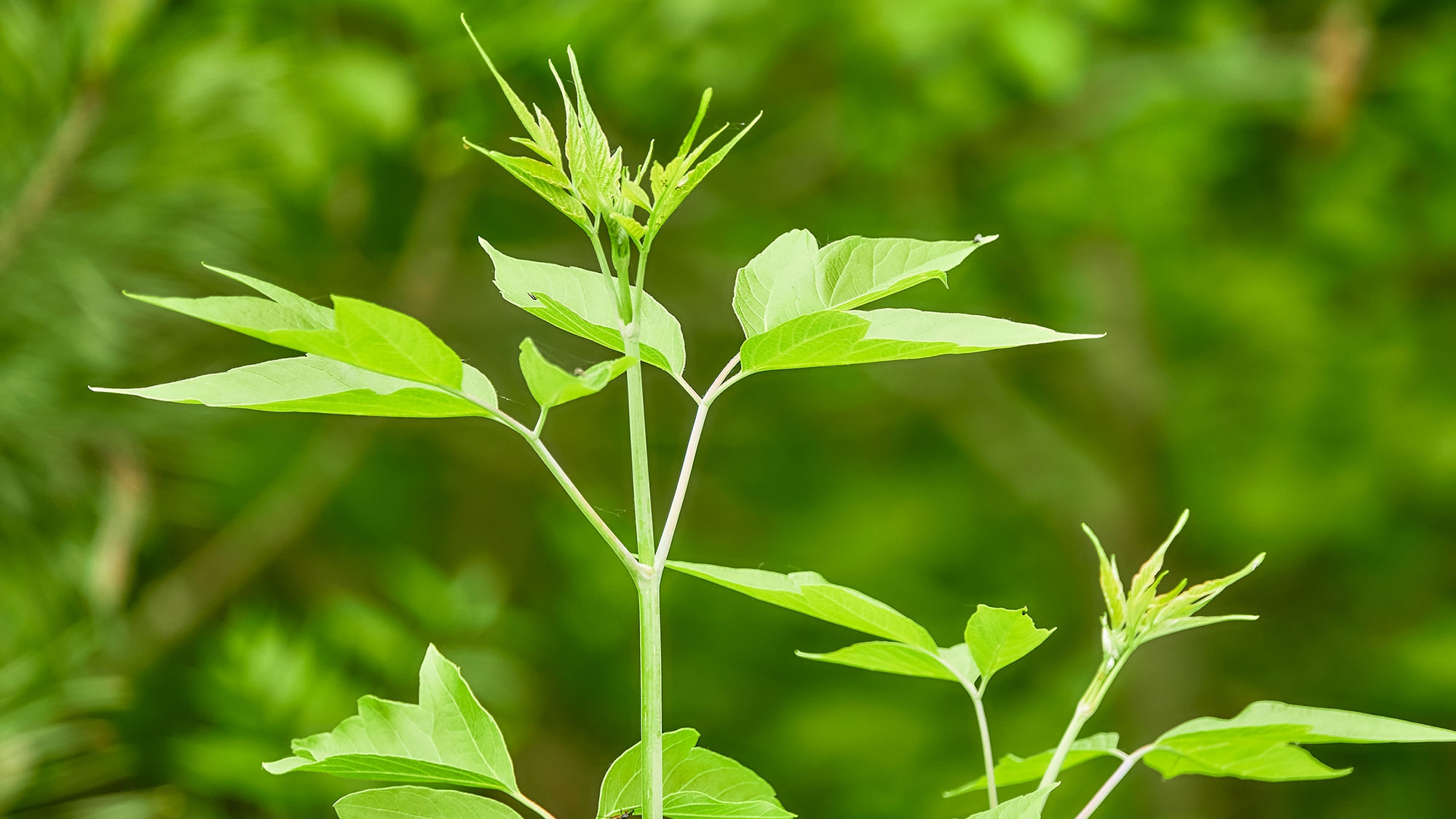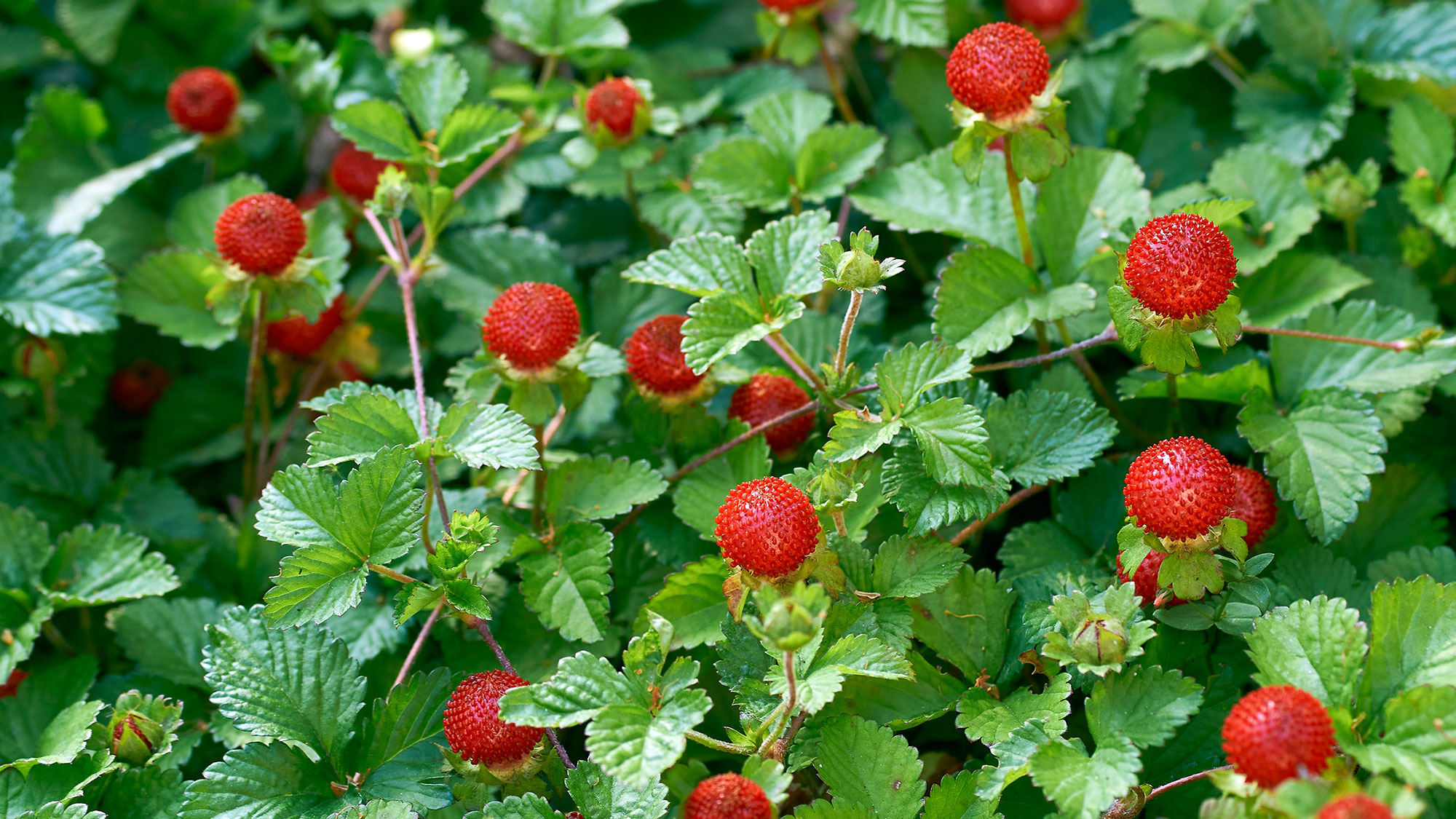How to identify poison ivy with your smartphone — use these apps
Keep that rash at bay

Good weather sees most of us flocking outside to enjoy nature, but that also means exposing ourselves to less friendly plants. Some vegetation may prick us with thorns, expose us to toxins or give us an uncomfortable allergic reaction.
One of the biggest culprits is poison ivy, a common climbing plant that grows all across the contiguous U.S. And it’s said to cause an exposure rash to as many as 50 million Americans a year, according to the American Skin Association. This is because poison ivy produces urushiol oil, a substance that approximately 85% of the population are allergic to.
Since most people will develop an uncomfortable rash if exposed to poison ivy, the best approach is to try and avoid exposure in the first place. This pesky plant is found all over the country in numerous locations, so to stay clear of it, you're going to have to know how to identify poison ivy in your environment.
Being able to tell poison ivy apart from similar-looking — but otherwise harmless — plants will give you peace of mind while you’re enjoying the great outdoors. The challenge is that it can be tricky to spot the difference between these plant species, unless you know a few key details.
What does poison ivy look like?

Poison ivy, or Toxicodendron radicans, either takes the form of a crawling vine or a sprawling shrub, depending on whether it is on the east coast or west coast respectively. However, both varieties share the same leaf structure and appearance. Poison ivy features compound leaves of three leaflets, meaning that you will always find three leaves arranged together in a small group. These groups of three will then be alternately arranged up the main vine, rather than directly across from each other.
This formation of three leaflets is shared by a few different poisonous plants and is therefore the origin of the phrase, “leaves of three, let it be.” However, there are subtle differences in the leaves themselves that can help you identify poison ivy from its look-alikes. Poison ivy compound leaves will have two shorter side leaves with no stalk and then a middle leaf with a much longer stem. The surface of the leaves can be glossy or dull, but will not be furred or hairy. The edges can be smooth or coarsely ridged, but will not have a serrated appearance. The leaves will also change color through the seasons, from reddish in spring, to green in summer and orange or yellow in the autumn, before turning brown and falling from the tree.
Other identifiers include the plant’s berries, which are hard to the touch and white in color. While the leaves are not hairy, the vine itself will be ropy and is often (although not always) covered in short hairs. In the spring, you may also see clusters of small green flowers which only reach about 3mm across.
Sign up to get the BEST of Tom's Guide direct to your inbox.
Get instant access to breaking news, the hottest reviews, great deals and helpful tips.
Look-alike plants
There are a few key plants that you are most likely to confuse with poison ivy, some of which are also toxic and therefore worth avoiding.
Poison oak

Poison oak features compound leaves with three leaflets, but sometimes will have a larger number of leaflets. The leaves have rounded edges and lobes and look similar to regular oak leaves. The underside of the leaves is furred and will be lighter in color than the upper surface. It is opposite to poison ivy in that it grows more like a shrub in the eastern and southern US and more like a vine in the west.
Poison sumac

Poison sumac grows taller and upright, preferring swampier conditions such as those found in the northeast, midwest and southeast parts of the country. While it has similar looking leaves to poison ivy, poison sumac’s compound leaves feature seven to 13 leaflets (always an odd number) which are arranged in pairs and always smooth to the touch.
Box elder seedlings

The box elder plant looks remarkably similar to poison ivy, thanks to its compound leaves with three leaflets. However, these leaves are arranged opposite to each other on the main vine, rather than alternately as with the poison ivy plant. This plant is nontoxic and therefore safe for human exposure.
Indian strawberry and brambles

These berry plants look rather similar to poison ivy, thanks to their compound leaf structure of three leaflets. Like box elder seedlings, they are also nontoxic. However, you can tell Indian strawberry plants apart by their serrated leaf edges (poison ivy may be contoured but not serrated), while you can tell brambles apart by both their serrated leaves and their thorny stems; poison ivy is never thorned.
How to use AI to help identify poison ivy
In some situations, you may be able to get close enough to identify the plant in question while keeping safe from exposure. However, you might not have a clear enough view to feel fully confident that you know what the plant is. In these situations, you might be able to get assistance from a surprising source: your smartphone and AI.
There are several different programs that can be used to identify poison ivy from a simple picture taken on your smartphone, but they all utilize artificial intelligence. These programs look at thousands of images of poison ivy and learn its key characteristics. When you submit your own photo, the program compares your picture to its database and is able to quickly assess whether the plant in your photo is in fact poison ivy. This conclusion can give you peace of mind over whether you are indeed at risk of exposure to poison ivy and a subsequent rash if you touch it.
One of the most accessible ways to use this technology is through Google Lens. You can use an existing photo in your phone or allow the app to access your camera for real time analysis. On an Android phone, you can access Google Lens through the Google Photos application, the Lens icon in Google Assistant or the dedicated Google Lens app. On iPhone, you can do so through Google Photos or through the Google app; you should see the Lens icon in the search bar. Once you submit your picture, Google Lens will show you visual matches that should enable you to identify the plant in question.
Some other programs are browser-based, such as Nyckel’s free image classifier which is devoted specifically to poison ivy. Then there are a series of different plant identification apps, which can also be used for poison ivy. These include Plant.ID, PlantNet and iPlant.
Other tips to avoid poison ivy rash

It’s not always possible to avoid any interaction with poison ivy, especially if you spend a lot of time hiking or in wild natural landscapes. If you know you are going to be spending time in a higher risk area, then it’s sensible to restrict your exposure by covering your arms and legs with long sleeves or long pants. Consider wearing gloves if you are going to be getting your hands dirty, as these will be your biggest risk of exposure. Lastly, if you are building a bonfire, make sure to inspect the woodpile for any traces of poison ivy that could release their oils into the air.
Slarmor Long Gardening Gloves: was $25 now $17 @ Amazon
These gauntlet gardening gloves are ideal for men and women, giving forearm protection against thorns, and prickly plants. The comfortable gloves are breathable and have elastic cuffs and are available in sizes XS to XL. Constructed with 100% cowhide they are soft to touch.
More from Tom's Guide
Madeleine Streets is a writer and content manager based in New York City. She covers an eclectic mix of lifestyle, technology, finance and health and has been published in Tom's Guide, Women's Wear Daily, SELF, Observer, Footwear News and others. Originally from London, Madeleine has a penchant for tea, baking and moody weather. When she’s not writing, you can find her exploring the city’s bookstores, hunting down new restaurants, fostering cats and cheering on Arsenal FC.


